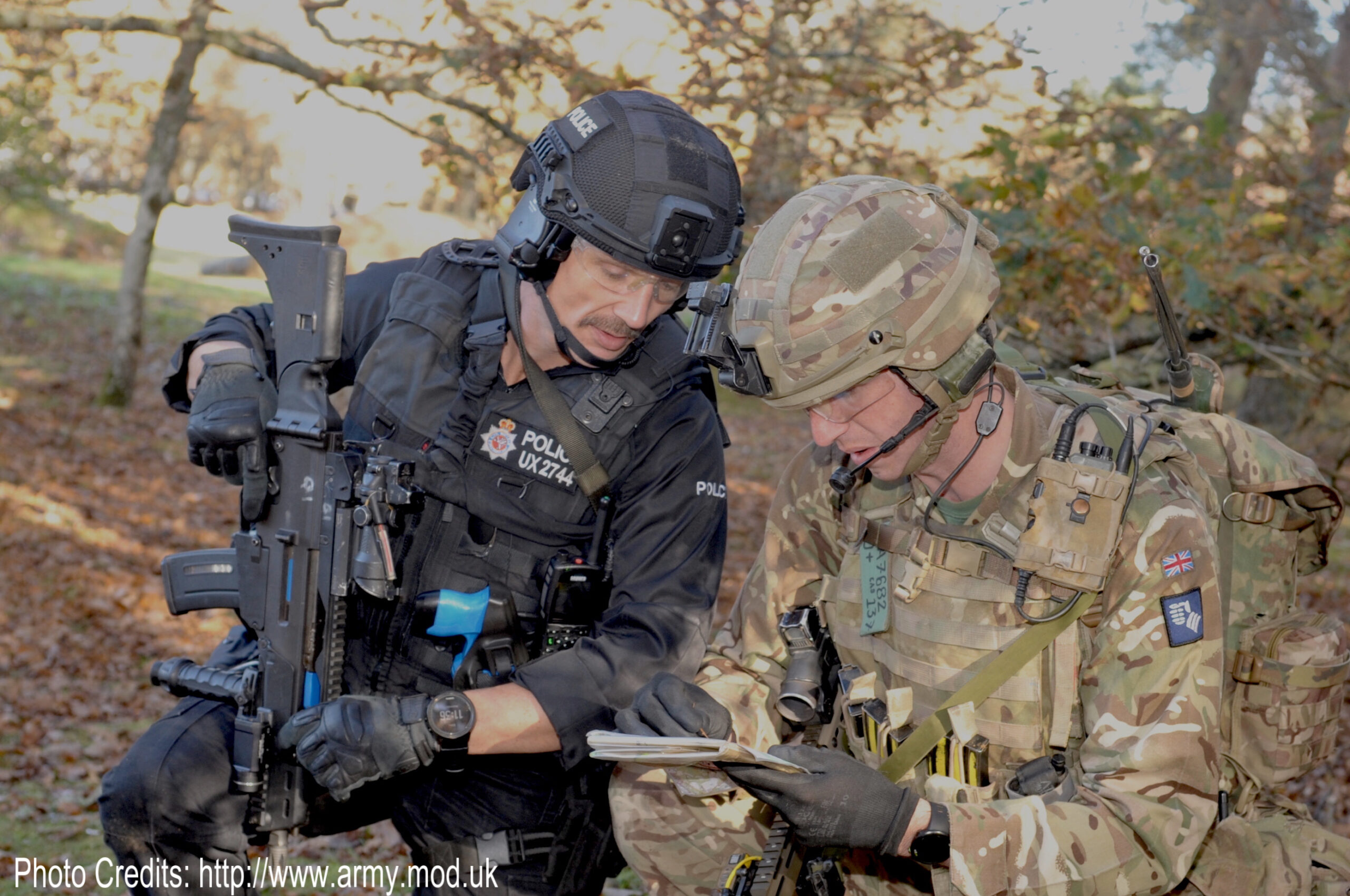(By Ben Bruce) Barbara Coudenhove-Kalergi, a well-known Austrian journalist, writes about her experiences following a year of teaching German to headscarf-wearing women in Vienna. Coudenhove-Kalergi recounts numerous anecdotes, some humorous, some wistful, as she and her Muslim students gradually get to know one another better thanks to a program called “Mama’s learning German.”
Though originally intended to be a language course, Coudenhove-Kalergi finds herself explaining the Christian origins of Christmas and taking her students, baby strollers and all, on a field trip to the famous St. Stephen’s Cathedral. While the children light candles and place them on an alter, she discovers that her Muslim students (whether from Bangladesh, Tunisia or Turkey) have no problems with Christianity – it’s rather the general atmosphere of ‘godlessness’ in Austrian society which renders them uneasy.
Coudenhove-Kalergi acknowledges the reality of their “parallel society,” though shows herself to be rather sympathetic. For these women, most of whom arrived in the country as immigrant brides following a very brief courtship in their home countries, their lives consist of their homes, the park, the supermarket and the mosque. In general, there are few opportunities for them to come into contact with local Austrians.
In response to this, one of her colleagues set up a “Mama Café,” held once a month and open to students, teachers, and outside guests (as long as female). Here Coudenhove-Kalergi is shocked as she sees Hollywood-style wedding pictures from her Muslim students and hears how all the women had the right to refuse their suitors – one Egyptian woman having turned down two men before accepting the third.
She befriends Leila, the school’s teacher for Islamic religion classes, and attends a class. Despite a highly-publicized study last year which mentioned that every fifth teacher of Islamic religion in Austria believed there to be a contradiction between Islam and democracy, Coudenhove-Kalergi finds the young Leila to be quite modern and open. In the class itself, she watches while the children place a soccer player and a pop-singer next to the prophet Mohammed, in an assignment designed to help the children identify their role models.
Coudenhove-Kalergi tells us how in her own training to become a teacher, she had been told to encourage independence and self-reliance with respect to the female students. Though at first many could not imagine leaving their families to take up a profession, gradually confidence grows and a number of women confess their desire to become teachers or nurses. The arrival of two young and independent women from Serbia and Poland also leads to many discussions and gests towards mutual understanding, especially when one of the Muslim women briefly takes off her headscarf in response to the curiosity of one of the new students.
Coudenhove-Kalergi ends on a note of optimism. She recounts how close to the end of the semester one of her students triumphantly arrived in the class to announce that she had enrolled her youngest child in a kindergarten. In German. Without her husband. All alone. And the entire class applauded.






